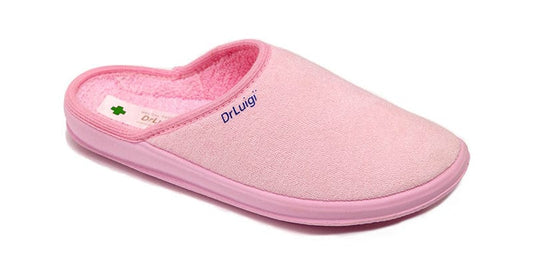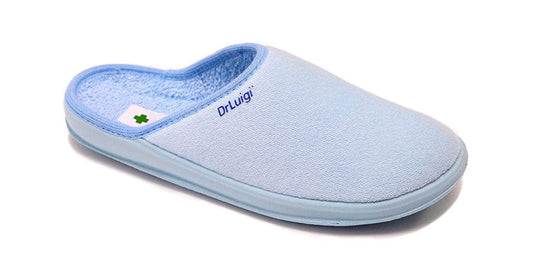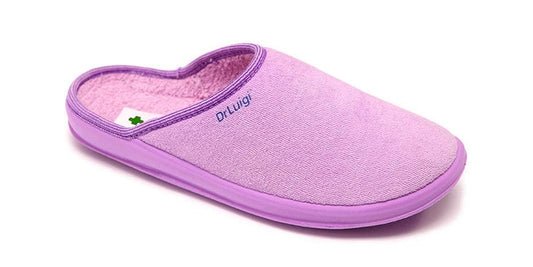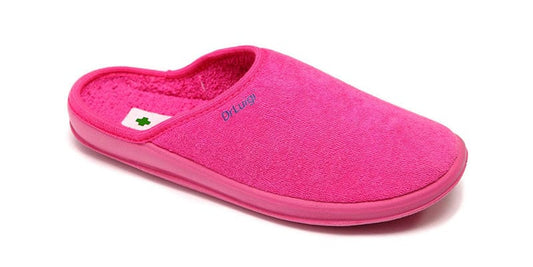Calf muscles are readily ripped when performing actions such as running, jumping, or even simply walking swiftly. This injury can result in mild to severe stiffness and pain in the lower back of your leg. Understanding the causes, symptoms, and treatment options for a torn calf muscle is essential for good care and a quick recovery.
Causes
Pulling or straining your calf muscle occurs when it is stretched beyond its natural range of motion. The gastrocnemius and soleus muscles make up the calf muscles, which control ankle mobility and provide force during push-off. A pulled calf muscle can be caused by any of the following.
Poor Preparation/Warm-Up
Muscles are more susceptible to strains and injuries when not properly warmed up before engaging in physical activity.
Overuse
Running and jumping, which require repetitive calf muscle contractions, increase the risk of injury when performed without enough rest and recovery time.
Muscle Fatigue
Overworked muscles are more likely to tear. Calf tiredness reduces the muscles' ability to absorb shock, increasing the risk of injury.
Limited adaptability/flexibility.
Tight calf muscles and surrounding tissues can cause additional stress on your muscles, increasing the likelihood of injury when you move.
Symptoms
A strained calf muscle may cause slight discomfort or full immobilization. The following symptoms are common:
Pain
A pulled calf muscle often causes pain in the back of the lower leg, particularly in the calf area. Depending on how much strain was placed on the muscle, the discomfort could be mild or severe.
Restricted Mobility
Toe pointing and dorsiflexion (turning the foot upwards) might be uncomfortable or difficult.
Damage may result in localized edema and discomfort.
Bruising
Bruising can occur as blood travels between muscle fibers.
Treatment
The proper treatment is required for a rapid recovery and the prevention of complications. Some effective ways to treat a pulled calf muscle are described below.
Rest and Limit Activity.
The wounded limb must be relaxed, and any additional stress on it must be avoided immediately. Take it easy for a bit and allow your muscles heal.
Ice
To relieve pain and swelling, apply ice to the affected area. For the first few days, apply ice to the calf for 15 to 20 minutes every few hours with an ice pack or a thin towel.
Elevation
Elevating the leg above heart level can aid in the healing process by reducing edema and increasing blood flow.
Orthopedic therapy.
Physical therapy is occasionally suggested to aid in the healing process. Calf muscles can be healed and future injuries avoided with the assistance of a physical therapist and certain focused workouts.
Gradual Return to Activity.
Calf injuries necessitate a gradual return to sports and other physical activities. You should start with low-impact activities then progress to more intensive and longer workouts. Pay attention to your requirements and avoid trying to accomplish too much too quickly.
Stretching
Gentle stretching and strengthening exercises can help with rehabilitation once the acute phase has passed and the pain has subsided. Calf stretches and focused exercises, such as toe rises and heel lowers, should be started gradually to improve flexibility and muscular strength.
Compression
A compression bandage or sleeve can be put over an injured muscle to provide support and minimize swelling.
Avoid painkillers.
Avoid pain relievers since they can interfere with the muscle's natural recovery process after injury. Watch out for bruising, which could indicate a more serious injury. Bruises are caused by a muscle wound bleeding into the body. Due to the depth of the damage, it can take many days for blood to reach the skin's surface. In this case, see a doctor.
How to Avoid Calf Muscle Strains.
There is no perfect way to avoid a torn calf muscle, but you can reduce your odds by following these tips.
Gradual progression.
Never switch from little or no exercise to a lot all at once. You should gradually raise the intensity of your workouts so that your muscles can respond and strengthen.
Maintain flexibility.
Include calf and other muscle group stretching in your normal practice. This improves mobility and reduces the risk of muscular strain during activities.
Do some warm-up stretches
Warm up your muscles with modest aerobic workouts and dynamic stretches before beginning any hard physical activity. As a result, the calf muscles and surrounding tissues are more prepared to handle the action.
Incorporate calf-specific strength routines into your normal fitness routine. Muscles that have been exercised to grow stronger are less susceptible to harm.
Stay hydrated.
Hydration is critically important for both performance and repair.
Adequate footwear
Wearing supportive, cushioned footwear might assist protect your feet and ankles. Check that your shoes are comfy and appropriate for the activity you will be participating in.
DrLuigi
Wear DrLuigi's medicinal footwear!
It is suitable for a wide range of activities, both indoors and outdoors, such as cleaning the house, working in the garden, having fun at the beach, going to the gym, wearing nurse shoes, shopping, and so on. You will be able to move with confidence and in complete comfort!
The rough texture on the bottom provides traction, making it more difficult to slip and slide. Medical footwear that is flexible and anatomically adjustable, providing wearers with a sense of ease, easing pressure on the ankles and spine, and improving blood circulation in the extremities.





